Category: Come Follow Me Currculum
-
CFM 1/5-1/11: Poetry for “This Is My Work and My Glory”
I’ve left off any image to represent Gods “work and glory”; since we teach that His work is “to bring to pass the Immortality and Eternal Life of Man,” I am not at all sure how to represent that. Images of what ‘heaven’ looks like all seem to me to be either unlikely or based…
-
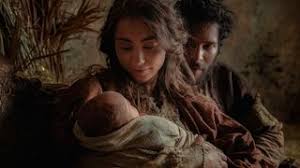
CFM 12/22-12/28: Poetry for “The Matchless Gift of God’s Divine Son”
One advantage to providing the poetry for these lessons early is that it allows teachers and others a little time to adjust the timing of lessons. For example, this coming week’s lesson in Sunday School should be on the Family (see last week’s post), but given that the coming lesson is on the Sunday before…
-
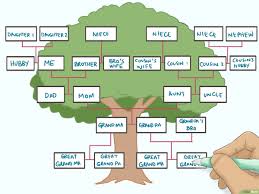
CFM 12/15-12/21(The Family): Poetry for “The Family Is Central to the Creator’s Plan”
The LDS focus on the family is one of our best-known doctrines—an idea largely based on our belief that we are children of heavenly parents. As a result of these beliefs, we consistently worry about how well we are doing as parents, and about the strength of our family relationships. I often wonder if we…
-
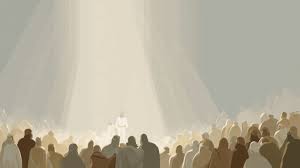
CFM 12/8-12/14 (OD 1 &2, Articles of Faith): Poetry for “We Believe”
When I think about the phrase “We Believe”, I lean to thinking that the more important word is “We” instead of the traditional focus on “Believe”. And I think the history of the early Church in the 1830s supports this focus. Many members of the Church were decidedly anti-creedal; i.e., they were against having a…
-

CFM 12/1-12/7 (D&C 137-138): Poetry for “The Vision of the Redemption of the Dead”
A less-discussed principle of the gospel is the idea that it is universal—i.e, that the gospel and its blessings are available to all of God’s children, including those who are dead. The application of this belief leads to performing ordinances for the dead, a practice that is unique, as far as I know, among Christian…
-
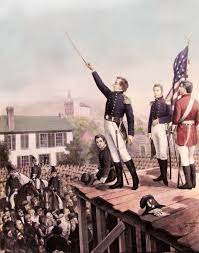
CFM 11/24-11/30 (D&C 135-136): Poetry for “ He “Has Sealed His Mission and His Works with His Own Blood”
Our feelings about Joseph Smith can often be conflicted. On one hand we revere him as the prophet of the restoration, who has “has done more, save Jesus only, for the salvation of men in this world, than any other man that ever lived.” But need to the use of the phrase “save Jesus only”…
-
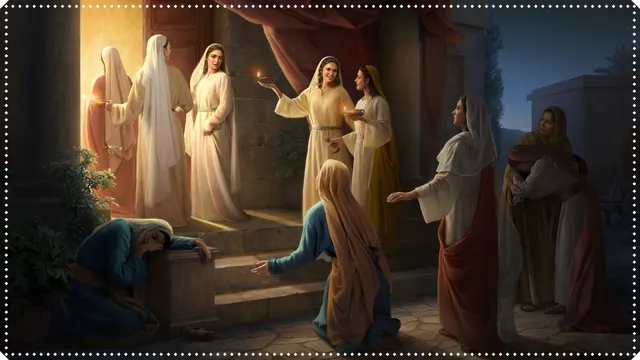
CFM 11/17-11/23 (D&C 133-134): Poetry for “Prepare Ye for the Coming of the Bridegroom”
It’s difficult to overestimate the importance of the second coming in the restoration. Early members of the Church thought it would come quickly, in just a few years. And they wrote and taught about that expectation. While it seems like the focus on the second coming has diminished over time, we still regularly preach and…
-
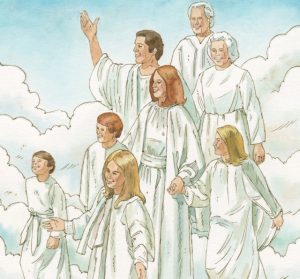
CFM 11/10-11/16(D&C 129-132): Poetry for “I Have Seen Your Sacrifices in Obedience”
This lesson can be both difficult and exulting. Our LDS understanding of the next life both inspires because of the idea that our relations have an eternal permanence, and troubles many of us because of what we don’t understand about polygamy and the details of how the multiple relationships we begin on earth translate into…
-

CFM 11/3-11/9(D&C 125-128): Poetry for “A Voice of Gladness for the Living and the Dead”
Baptism for the Dead is one of the beliefs that make the LDS Church distinctive among religions today. Frequently discussions with non-Mormons focus on what Paul meant in 1 Cor. 15:29 while ignoring the broader question that our doctrine addresses with proxy ordinances: If baptism is required for everyone, then what about those who passed…
-
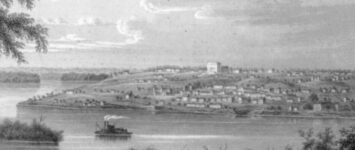
CFM 10/27-11/2(D&C 124): Poetry for “A House unto My Name”
The phrase “A House unto My Name” is easy to connect to the Temple. But section 124 isn’t just about building a temple — in 1841 the Kirtland Temple is far away from the bulk of Church members and the Nauvoo Temple has only recently had its groundbreaking. Instead, we might think of house in…
-

CFM 10/20-10/26 (D&C 121-123): Poetry for “O God, Where Art Thou?”
Adversity is rooted in the problem of evil—if God is good, then why does he allow evil to exist? Or if “man is that he might have joy,” why is there so much suffering in life? And worse, it often seems like for some the suffering is “but a moment”, while for others the suffering…
-

CFM 10/13-10/19 (D&C 115-120): Poetry for “His Sacrifice Shall Be More Sacred unto Me Than His Increase”
Sacrifice is a key gospel concept, and as such is also a key concept for life. Whether the it involves one person giving up something to help others or simply the individual giving up something for his own benefit, sacrifice is always about making decisions that balance one benefit or good against another. So we…
-

CFM 10/06-10/12 (D&C 111-114): Poetry for “I Will Order All Things for Your Good”
If things have been ordered for our good, do the things look like they have been ordered or arranged? This week’s Come Follow Me lesson title implies that what happens in our lives is meant to help us both now and in the hereafter. The statement “I will order all things for your good” is…
-

CFM 9/29-10/05 (D&C 109-110): Poetry for “It Is Thy House, a Place of Thy Holiness”
I like this photo of the Bangkok Thailand Temple. I know many people will see in it an island of good among a sea of chaos and evil. I can’t disagree more with that view—most of humanity doesn’t live in the stereotypical suburban pastoral nowhere favored by the world, and where they do live is…
-
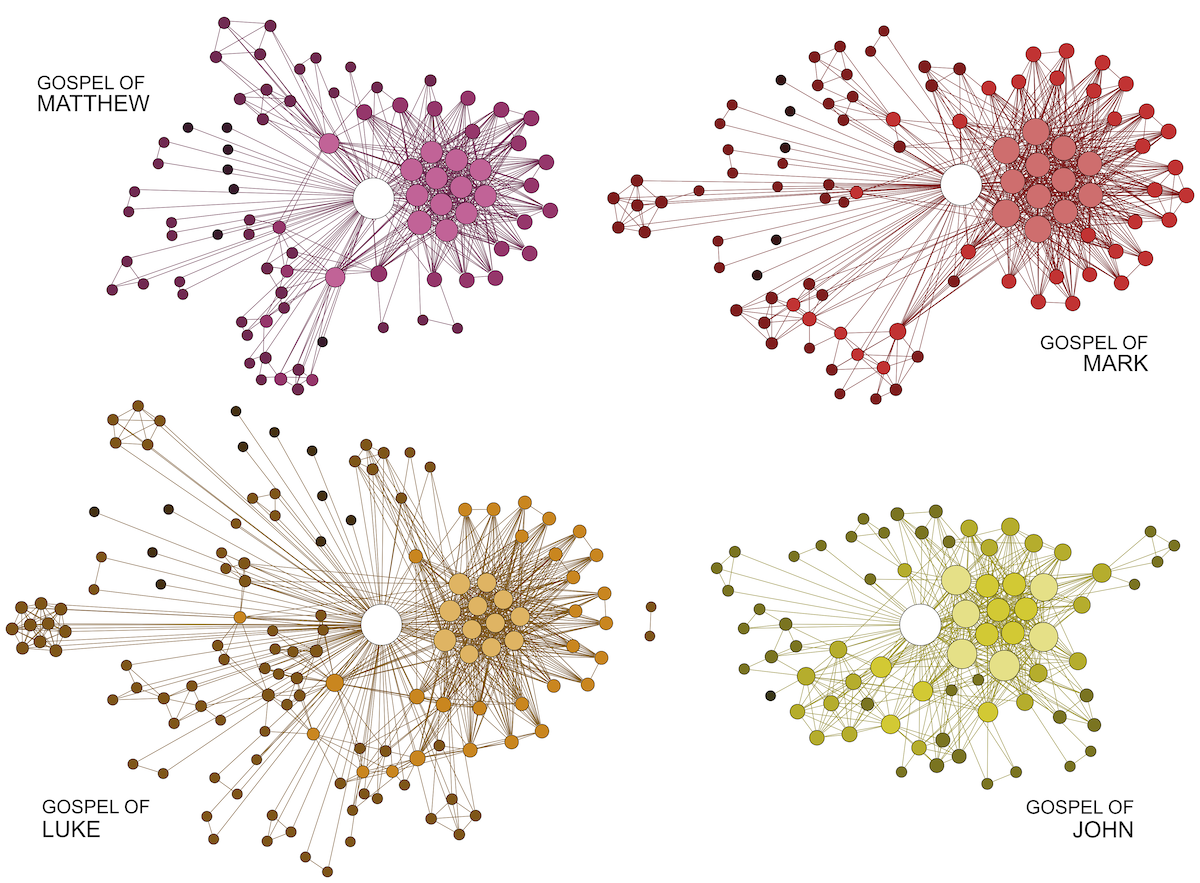
CFM 9/22-9/28 (D&C 106-108): Poetry for “The Order of the Son of God”
Like it or not, our lives are built of structures. We organize our days according to everything from natural events, like the rising and setting of the sun and our own biological rhythms, to the hours of the clock that our society has assigned to the day, to the needs we have to coordinate with…
-

CFM 9/15-9/21 (D&C 102-105): Poetry for “After Much Tribulation … Cometh the Blessing”
I noticed this time through the Doctrine and Covenants how the idea of trials is a major theme of this book of scripture. And the sections in this week’s lesson are during one of the most challenging periods of trials in early church history, the first round of persecution in Missouri and the subsequent travel…
-

CFM 8/25-8/31: Poetry for “Receive of His Fulness”
What do we mean when we talk about ‘Fulness’? The Come Follow Me lesson for this week, covering D&C 93, suggests that it’s related to exaltation—but I’m not sure that we know exactly what exaltation is either. ‘Fulness’ suggests some kind of completeness or satiation—we will have everything we need, and maybe everything we should…
-

CFM 8/18-8/24: Poetry for “A Principle with Promise”
Most of the time when we hear the phrase “A Principle with Promise,” we think of D&C Section 89 and the promise that we can “run and not be weary.” However, some kind of promise is associated with every gospel principle—there is at least one consequence that accompanies every principle, and the accompanying consequences follow…
-

CFM 8/11-8/17: Poetry for “Establish … a House of God”
Perhaps the most memorable verse in D&C 88 is 119, which establishes the ‘School of the Prophets’ and encourages our cultural orientation towards education: “Organize yourselves; prepare every needful thing; and establish a house, even a house of prayer, a house of fasting, a house of faith, a house of learning, a house of glory,…
-

CFM 8/4-8/10: Poetry for “Stand Ye in Holy Places”
What are ‘Holy Places’? What makes them holy? Are there different kinds of ‘Holy Places’? Has our understanding of ‘Holy Places’ changed over time? I suspect that most LDS Church members think of the Temple when we think of a holy place, but when pushed we might agree that the Sacred Grove is also a…
-

CFM 7/28-8/3: Poetry for “The Power of Godliness”
If the priesthood is “The Power of Godliness,” and if we are to learn how to use that power, we should probably think a lot about what the word “power” means in this context. Most of the time power is associated with the ability to control things, often including people and usually by force. But…
-
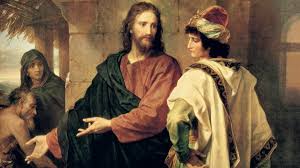
CFM 7/21-7/27: Poetry for “Where Much Is Given Much Is Required”
The idea behind “Where Much is Given, Much is Required” goes beyond just the idea of responsibility or accountability. There is also in the phrase a sense of equity and care for others that isn’t necessarily part of responsibility. The idea is clearly the opposite of the images we see of excessive displays of wealth,…
-

CFM 7/14-7/20: Poetry for “I Will Lead You Along”
The introduction of the ‘United Firm’ in 1832 was, I think, an attempt to provide needed structure to the Church and its members. Any organization provides roles for individuals and ways that those roles interact with each other and the outside world. As a result, the scriptures covered by this week’s Come Follow Me lesson…
-
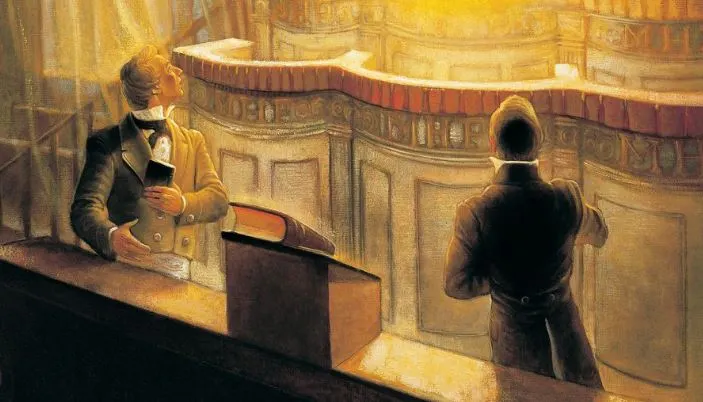
CFM 7/7-7/13: Poetry for “Great Shall Be Their Reward and Eternal Shall Be Their Glory”
We could argue that section 76 of the Doctrine and Covenants has had more impact on Church members than any other section in the D&C. Prior to the vision described in the revelation, Church members, and Christianity in general, had one of two conceptions of the next life; either a dualistic heaven and hell, or…
-
CFM 6/30-7/6: Poetry for “No Weapon That Is Formed against You Shall Prosper”
Whether by teaching or by missionary work, proclaiming the gospel is a key part of LDS doctrine, practice and culture. And while this week’s Come Follow Me lesson leans toward missionary work, based on the historical events surrounding sections 71 to 75, the basic lessons found in these sections can apply to the many other…
-

CFM 6/16-6/22: Poetry for “The Lord Requireth the Heart and a Willing Mind”
What does it mean to have a “willing mind”? My first thought is that it is somehow about our attitude, how we confront or approach problems. But despite the prevalence of ‘positive mental attitude’ sayings and motivational posters, most people act as if their emotional state is something beyond their control. We act like we…
-
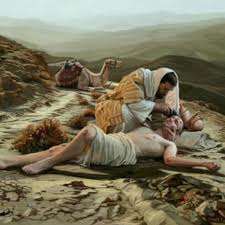
CFM 5/5-5/11: Poetry for “The Promises … Shall Be Fulfilled”
D&C 45 covers a lot of different things, from the role of the Savior to the safety of Zion. In the last few decades our LDS culture has also made a lot of this section’s observation that His disciples will ‘stand in holy places, and … not be moved.’ As an image that description suggests…
-

CFM 4/28-5/4: Poetry for “My Law to Govern My Church”
Organizations require structure. And the larger that an organization gets, the more structure it needs. That might seem pretty obvious in today’s world, but I suspect it was less obvious in the 1830s among the Saints who had joined the church, many because of the way other churches operated. After the ‘constitution’ of the Church…
-
CFM 4/21-4/27: Poetry for “If Ye Are Not One Ye Are Not Mine”
I feel like I could just repeat the introduction I made three weeks ago, to the lesson for the week ending April 6th, which also spoke about the gathering. However, this week’s lesson is a little different, since it focuses on why we are gathered instead of simply that there is a commandment to gather.…
-
CFM 4/14-4/20: Poetry for “I Am He Who Liveth, I Am He Who Was Slain”
The Come Follow Me lesson for the week ending on April 20th, Easter, takes a break from the section order in the Doctrine and Covenants to focus on how Christ is portrayed in the scripture. The lesson focuses on three attributes of Christ’s role: His living nature, his gift of the resurrection to all of…
